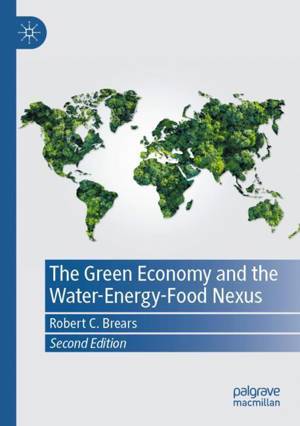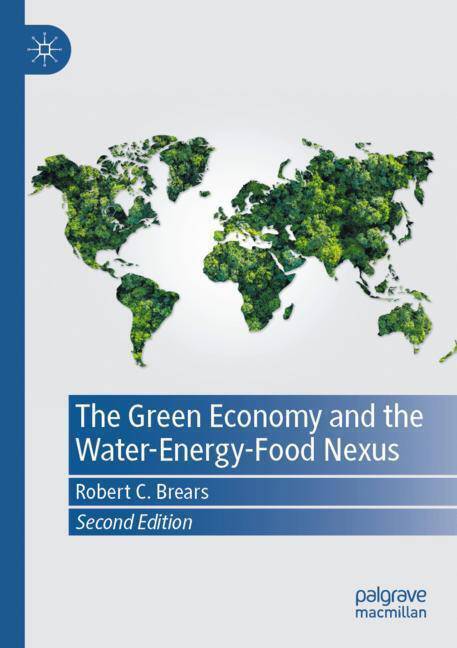
- Retrait gratuit dans votre magasin Club
- 7.000.000 titres dans notre catalogue
- Payer en toute sécurité
- Toujours un magasin près de chez vous
- Retrait gratuit dans votre magasin Club
- 7.000.0000 titres dans notre catalogue
- Payer en toute sécurité
- Toujours un magasin près de chez vous
168,95 €
+ 337 points
Format
Description
Presents a series of case studies that illustrate how cities, states, nations and regions of differing climates, lifestyles and income-levels have implemented policies to reduce water-energy-food nexus pressures Discusses the components of the food-water-energy nexus and the pressures it faces from rapid economic growth and climate change Provides a review of the various fiscal and non-fiscal tools available for reducing the global demand on the water, energy and food sectors
Spécifications
Parties prenantes
- Auteur(s) :
- Editeur:
Contenu
- Nombre de pages :
- 405
- Langue:
- Anglais
Caractéristiques
- EAN:
- 9783031396816
- Date de parution :
- 21-09-24
- Format:
- Livre broché
- Format numérique:
- Trade paperback (VS)
- Dimensions :
- 148 mm x 210 mm
- Poids :
- 541 g

Les avis
Nous publions uniquement les avis qui respectent les conditions requises. Consultez nos conditions pour les avis.






